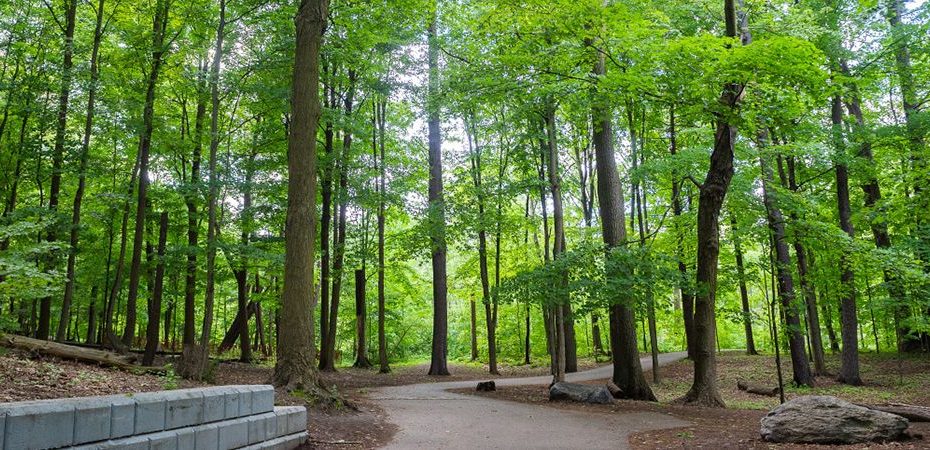Ontario Nature is thrilled to announce the success of ongoing efforts to recognize conservation lands in southern Ontario that can count towards Canada’s “30 by 30” protected areas target. Building on previous accomplishments, Ontario Nature partnered with five conversation authorities and one municipality to assess whether their lands met the national standard.
Ontario’s Ministry of Environment, Conservation, and Parks, which reviewed the assessments, has now confirmed that in all six cases they do indeed meet the standard. Consequently, an additional 56 sites totaling 7,866 hectares are now registered in the Canadian Protected and Conserved Areas Database.
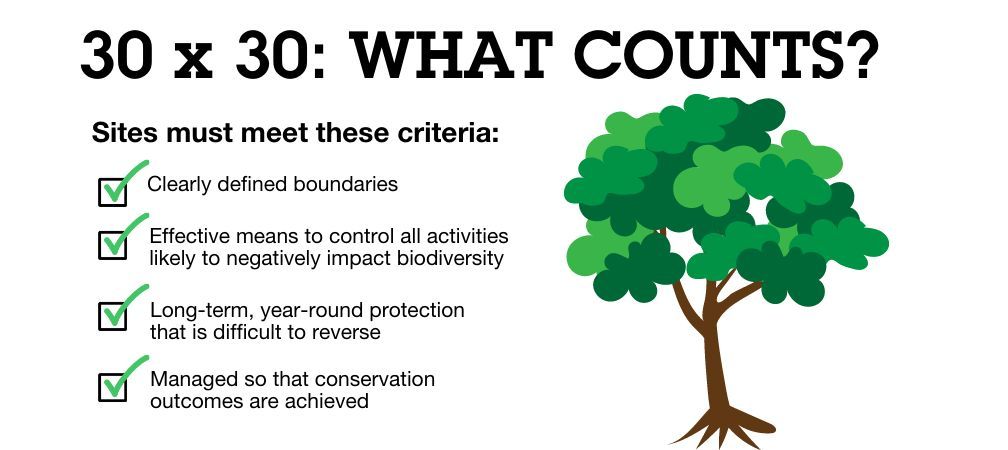
In southern Ontario, conservation authorities and municipal governments play an essential role in the management of natural areas and the conservation of biodiversity. Ontario Nature congratulates the following partners for their environmental management policies and practices that safeguard biodiversity across the Greater Golden Horseshoe:
- Central Lake Ontario Conservation Authority
- Credit Valley Conservation Authority
- Hamilton Conservation Authority
- Lake Simcoe Region Conservation Authority
- Niagara Peninsula Conservation Authority
- City of Toronto
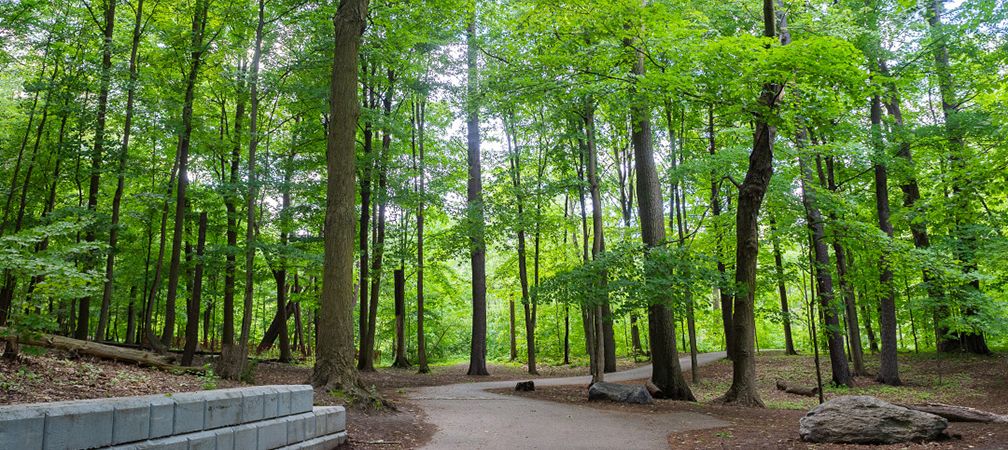
Building on and reinforcing the corridor of protection provided by the Greenbelt, the 56 sites represent various types of conservation designations and habitats. They include, for example, city parks, conservation areas and nature reserves and protect sensitive wetlands, grasslands, forests and floodplains. They provide safe havens for numerous species at risk such as eastern meadowlark, bobolink, Blanding’s turtle, Jefferson salamander, redside dace and many more.
“Together, these contributions help to sustain a robust network of near-urban nature areas for all life in the region,” says Shelley Petrie of the Greenbelt Foundation. “They’re key elements in an interconnected natural corridor that is vital to our health and strengthens the region’s climate resilience.”
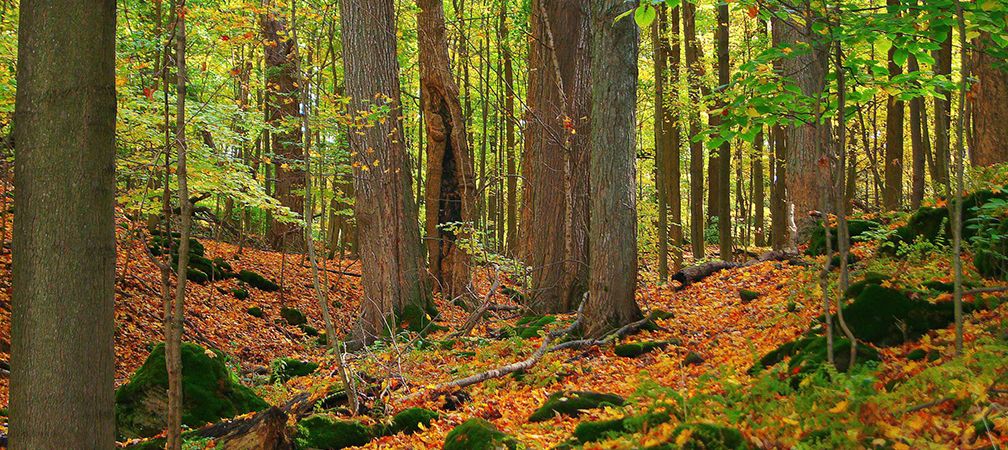
The newly registered sites provide a model for other municipalities and conservation authorities to follow. In each case, strong policies, plans and bylaws permanently protect sites from development, require careful management of recreational impacts, and ensure changes to wildlife habitat and species are monitored over time.
An initial review of policies and land holdings in other Greater Golden Horseshoe municipalities suggests that there are many opportunities to contribute to the target across the region. In some cases, policies and land management practices already appear to meet the standard, though it would require an assessment to confirm. In others, improvements would be needed to satisfy the key criteria.
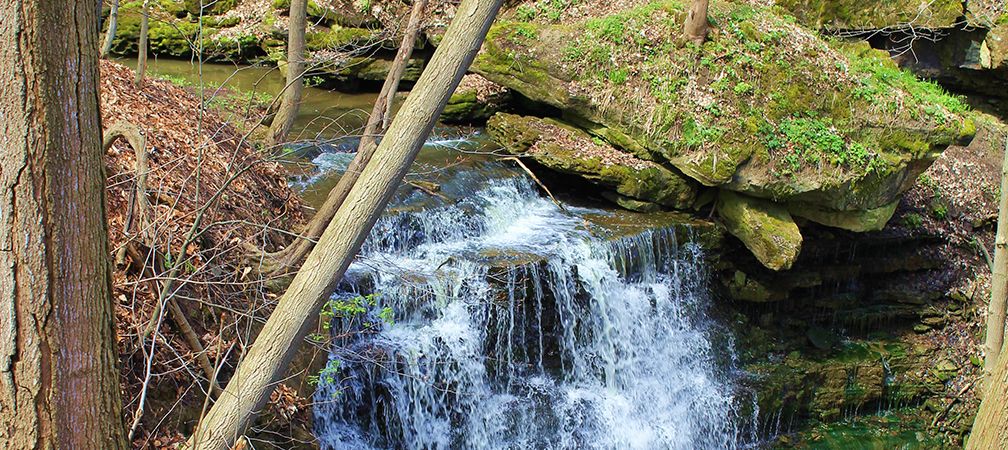
We hope that more municipalities and conservation authorities engage in the process of screening their properties to determine whether they count towards the 30 by 30 target. Those that do, deserve our thanks and recognition. For others, there’s an opportunity to follow the lead of those honoured above.
For a deeper look at protected area creation and governance in near-urban areas, please consider registering for an upcoming workshop hosted by the Greenbelt Foundation, the Toronto and Region Conservation Authority, and Cambium Indigenous Professional Services: “Workshop on Creating and Expanding Large Parks Across Canada.”
This project was undertaken in partnership with Conservation Ontario and with the generous support of the Greenbelt Foundation and the Government of Canada provided through the federal Department of Environment and Climate Change.
